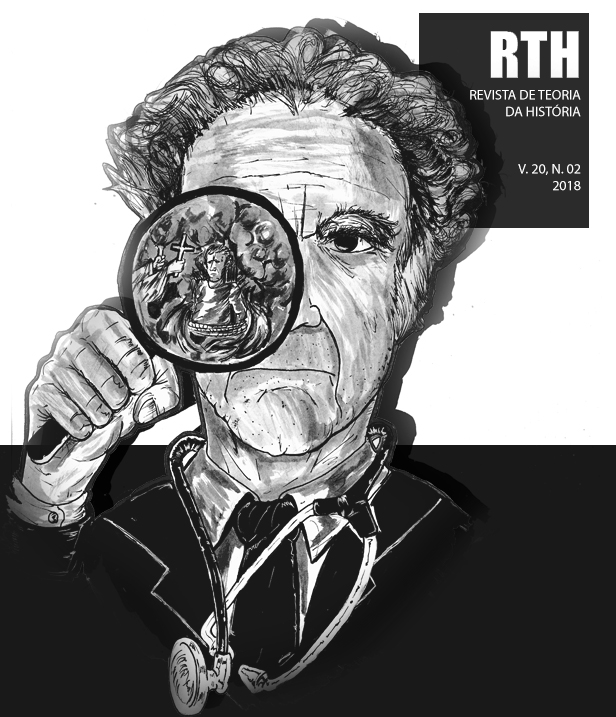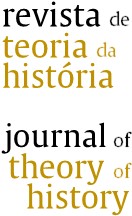ALGUMAS OBSERVAÇÕES À PROPOSTA DE UMA NOVA REPRESENTAÇÃO DO TEMPO NA PINTURA DO SÉCULO XX
Keywords:
Theory of History, Language, PaintingAbstract
Critics tend to present 20th century painting from cubism and avant-garde as the emancipation of traditional fashions of figurative expression. My hypothesis in this article is that this innovation brings in its expression of the temporal experience explored in turn by Cubism and avant-gardes, through a movement of overtaking of the previous styles of figurative painting. Given the proposal made, I will focus on identifying some elements that capture this distinction in the forms of representation of time in painting. This analysis will be freely inspired by Ernst Cassirer's philosophy, less to explain his theory of symbolic forms than to explore one of his main theses that Cassirer develops as part of his reflection on art: as myth or scientific theory, but in a domain of human activity that is proper to him, art uses in specific ways to confer an order to experience and communicate (CASSIRER , 1995. p. 110). This order is constructed from temporal, spatial, or conceptual patterns proper to each domain. What matters in Cassirer's theory to my own approach, this is the way in which art confers an order to experiment, including a temporal order, is no longer governed by a uniform criterion, but prone to profound historical changes. It is this thesis that I would like to examine with a closer look, to interpret any novelty in the agreements of representation of the time that characterizes the painting of the twentieth century.
References
ANTLIFF, Mark. Inventing Bergson, Princeton. N.J., Princeton University Press, 1993, p. 39-66.
DUKHAN, Igor. El Lissitzky -Jhewish as Universal: From Jewish Style to Pangeometry, Ars Judaica, 3, 2001.
ÉMILE, Male. L’art religieux de la fin du XVIe siècle, du XVII siècle et duXVIII siècle. étude sur l’iconographie après le concile de trente. Italie-France-Espagne-Flandres, Paris, Armand Colin, 1972, p. 72-86.
LÉGER, Fernand. Les réalisations picturales actuelles. Fonctions de la peinture, 1914, p.40.
KOSELLECK, Reinhart.Estratos do tempo. Rio de Janeiro: Contraponto, 2014.
KRISCHEL, Stefan Lochner. Die Muttergotes in der Rosenlaube. Leipzig, Seeman Verlag, 2006, p. 26-30.
Downloads
Published
How to Cite
Issue
Section
License
The journal publishes only and exclusively original manuscripts. All rights reserved.
Licensed under a Creative Commons Attribution-NonCommercial-NoDerivatives 4.0 International License



